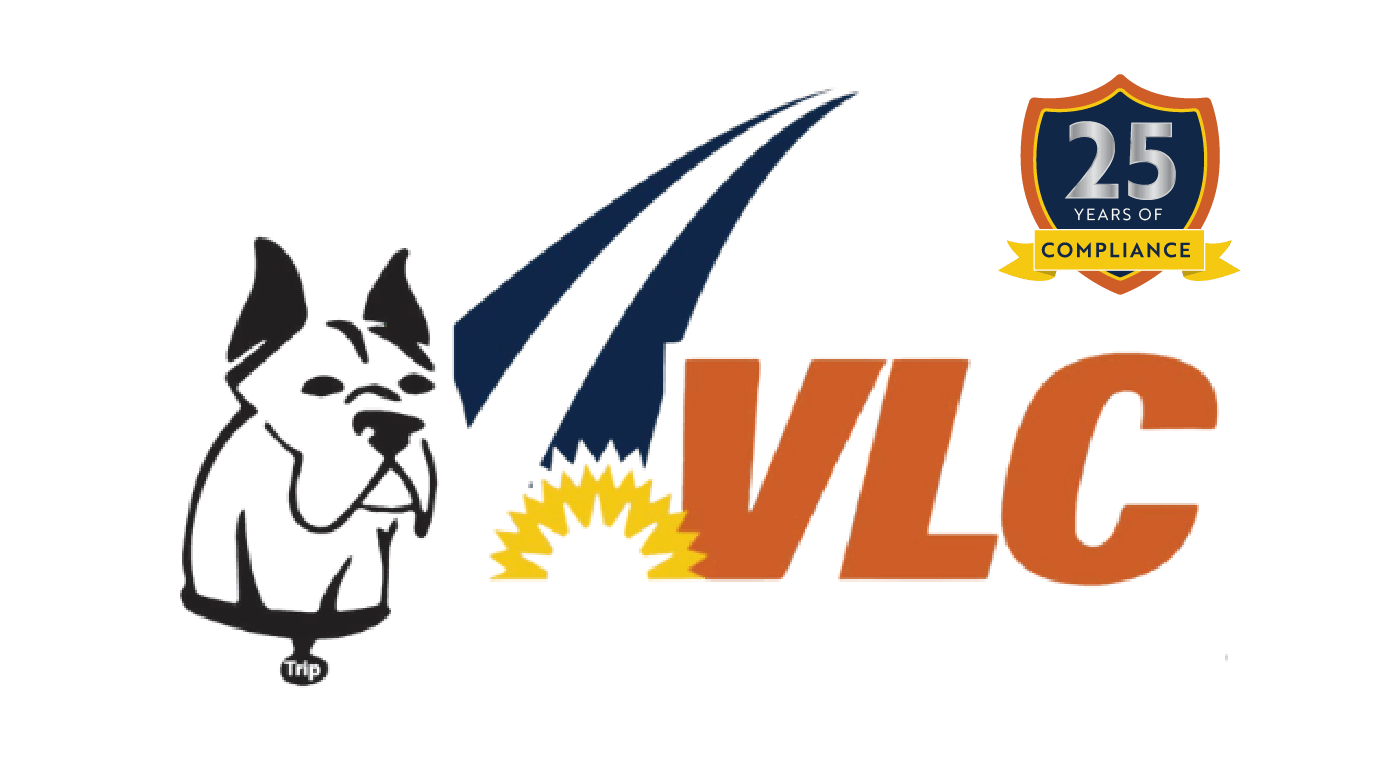
Driving Success: MVR and CSA Monitoring
Why Maintaining a Complete Driver File Is Critical for Compliance and Safety
A complete driver file is essential for every commercial motor vehicle (CMV) operator. It is not just a formality—it’s a requirement. This file contains all the necessary documents that prove a driver meets the DOT safety and qualification standards.
These records cover every stage of employment. That includes pre-employment screening, onboarding paperwork, and ongoing annual updates. Each piece plays a role in showing that your company follows federal regulations.
One of the key requirements from the Department of Transportation (DOT) is obtaining Motor Vehicle Reports (MVRs). These reports must be pulled before hiring a driver and then reviewed every year. However, annual MVR checks are not enough.
Why? Because problems can arise between reviews. A driver could lose their license, rack up violations, or demonstrate unsafe behavior—all without your knowledge. Relying solely on yearly checks leaves dangerous gaps in your compliance strategy.
That’s why maintaining and actively reviewing each driver file is so important. It allows companies to spot red flags early and take corrective action.
Ignoring these issues can have serious consequences. Companies with poor Compliance, Safety, Accountability (CSA) scores are more likely to face audits, inspections, and enforcement actions. In some cases, operations may even be restricted.
Driver behavior has a direct impact on your CSA score. So, it’s critical to monitor performance and maintain up-to-date records. A well-managed driver file doesn’t just protect your company—it also promotes safety, accountability, and peace of mind.
Want an easier way to manage driver files and stay compliant?
Check out DQM Connect to streamline your processes, or contact us to learn how we can help your fleet stay audit-ready and efficient.


